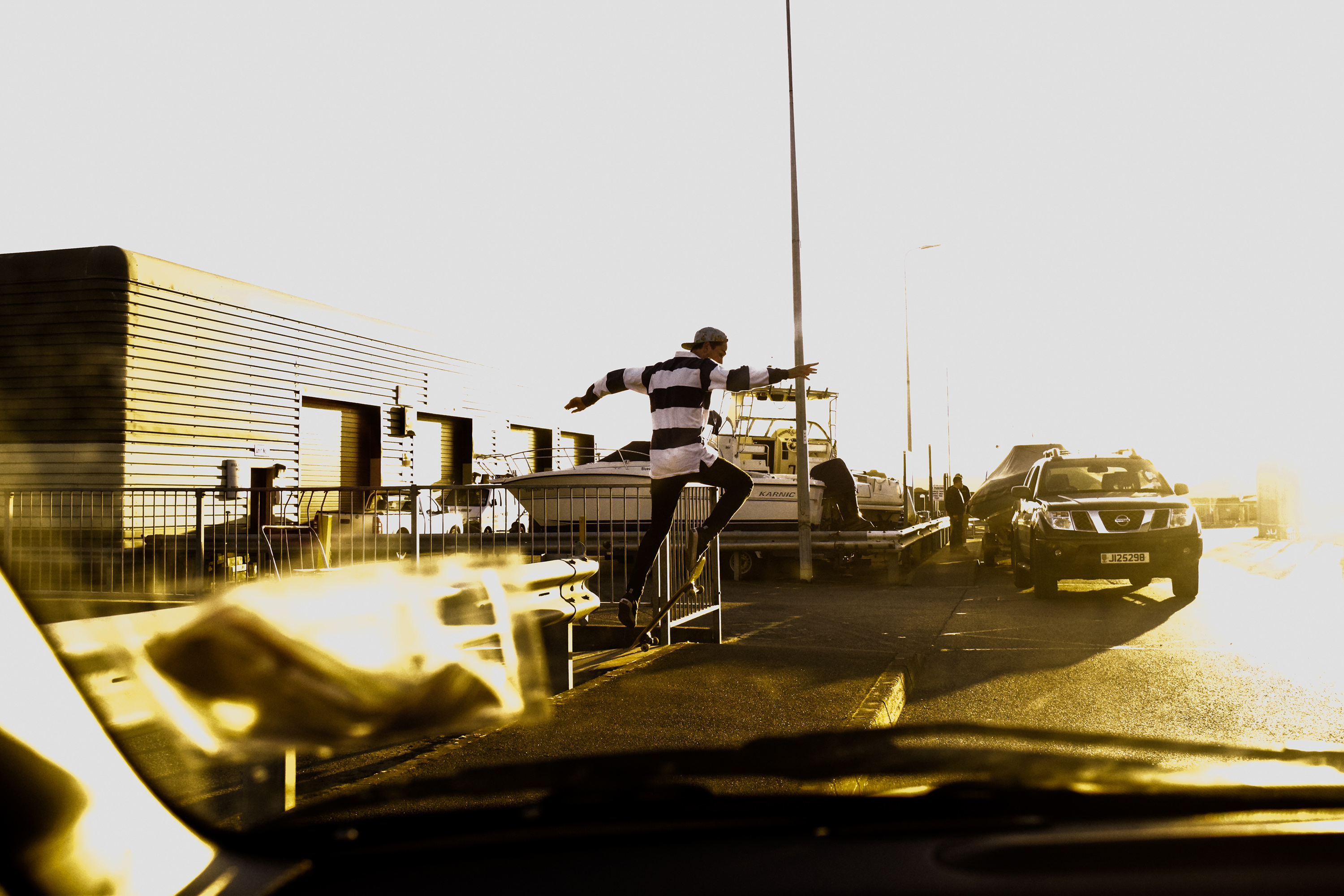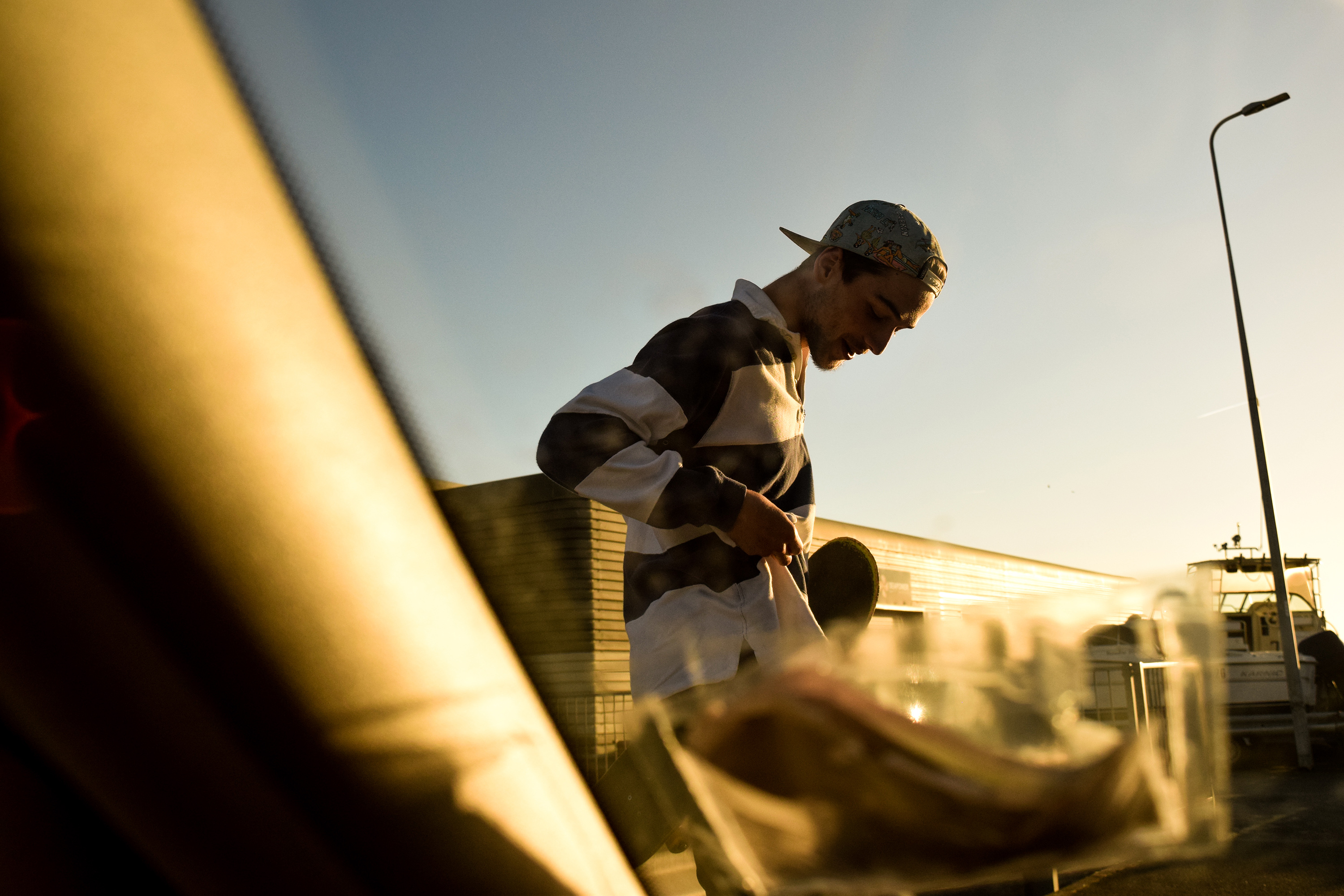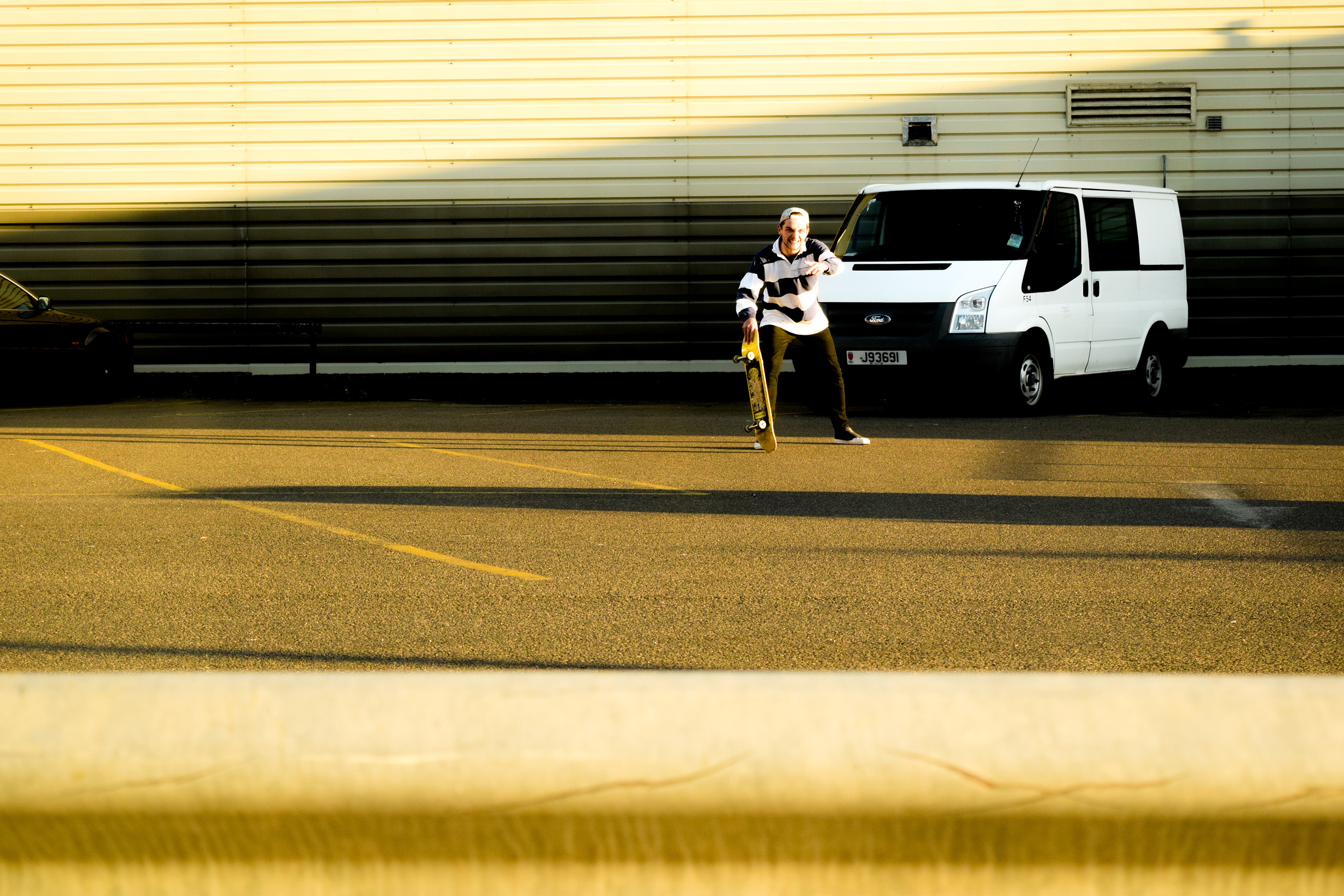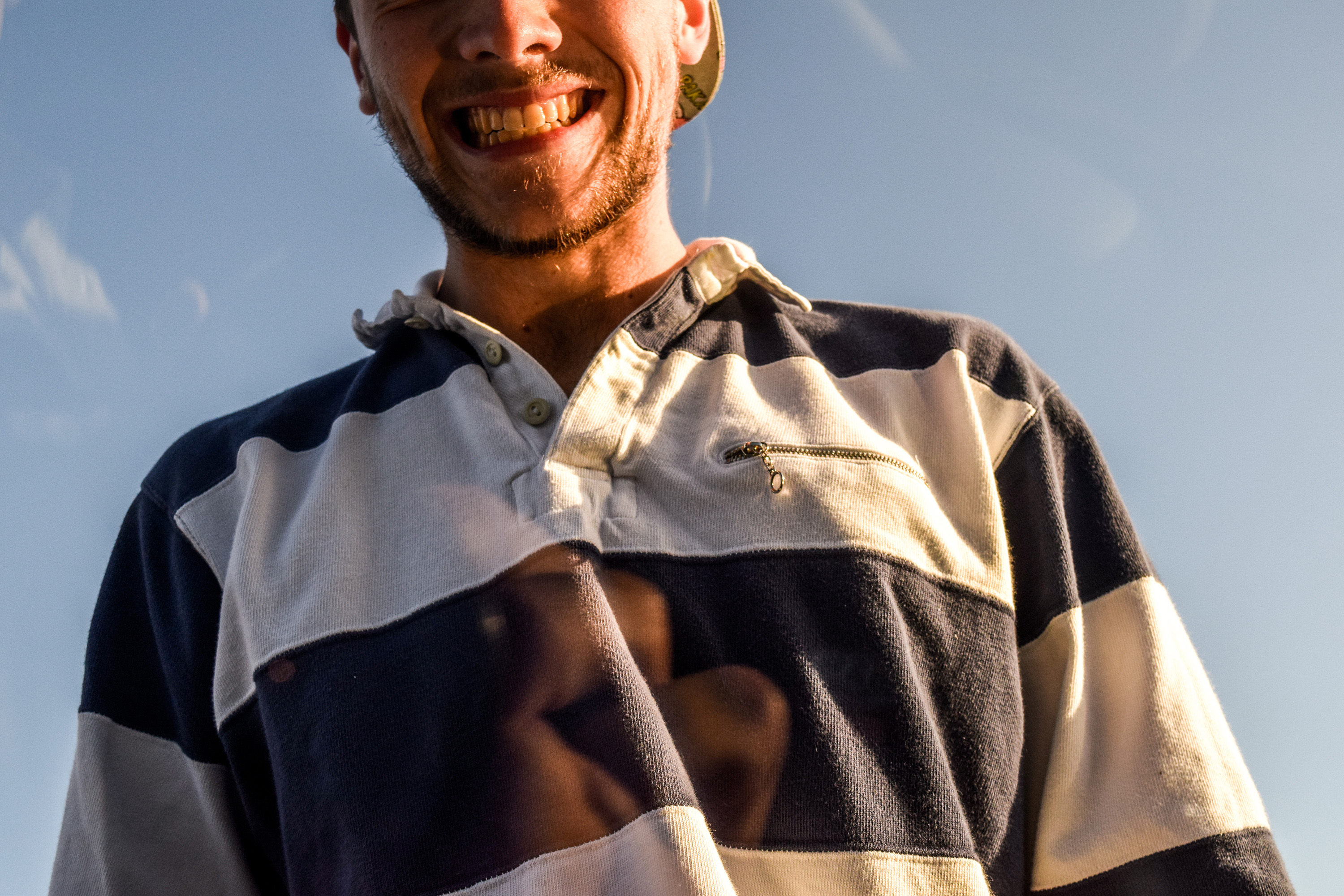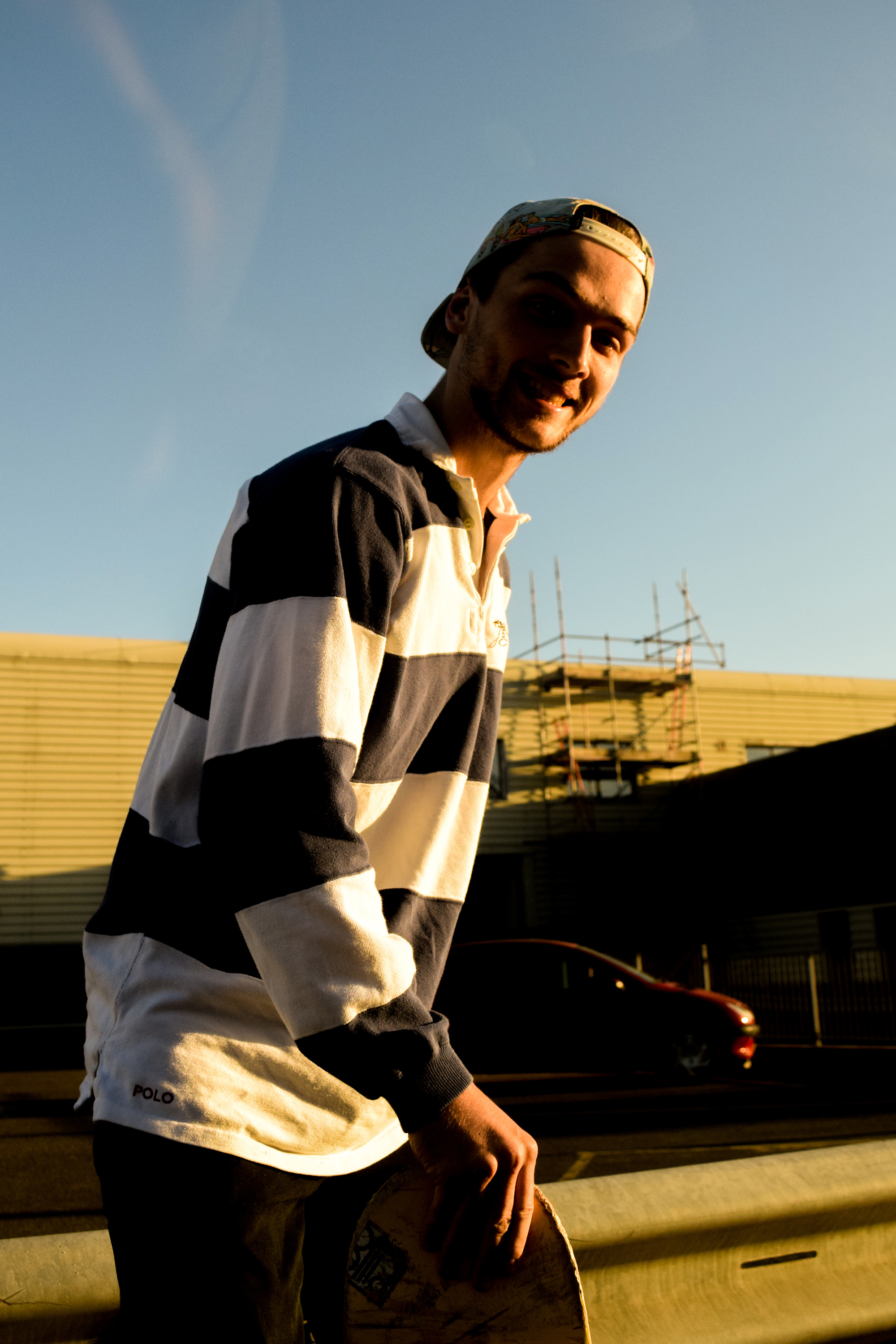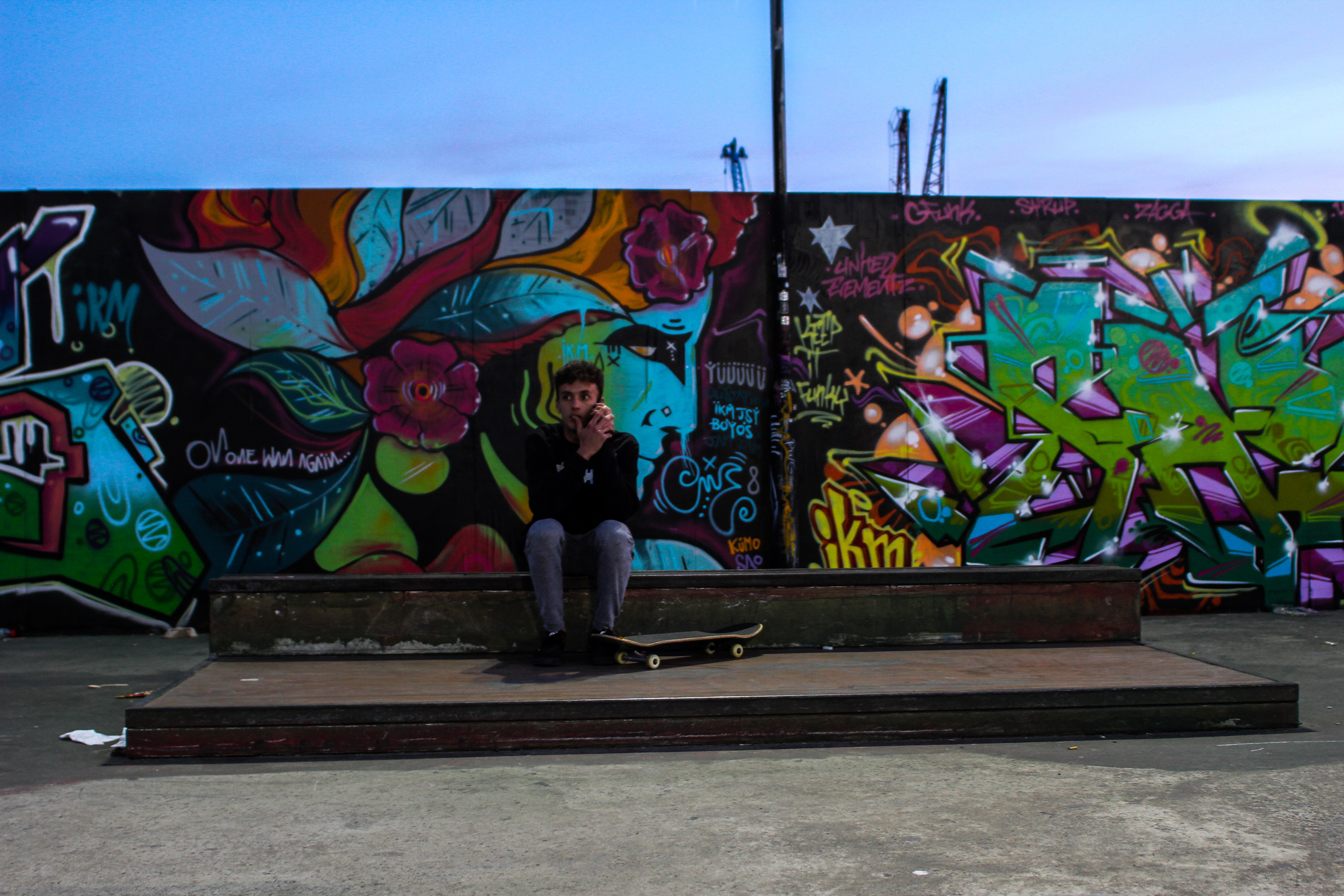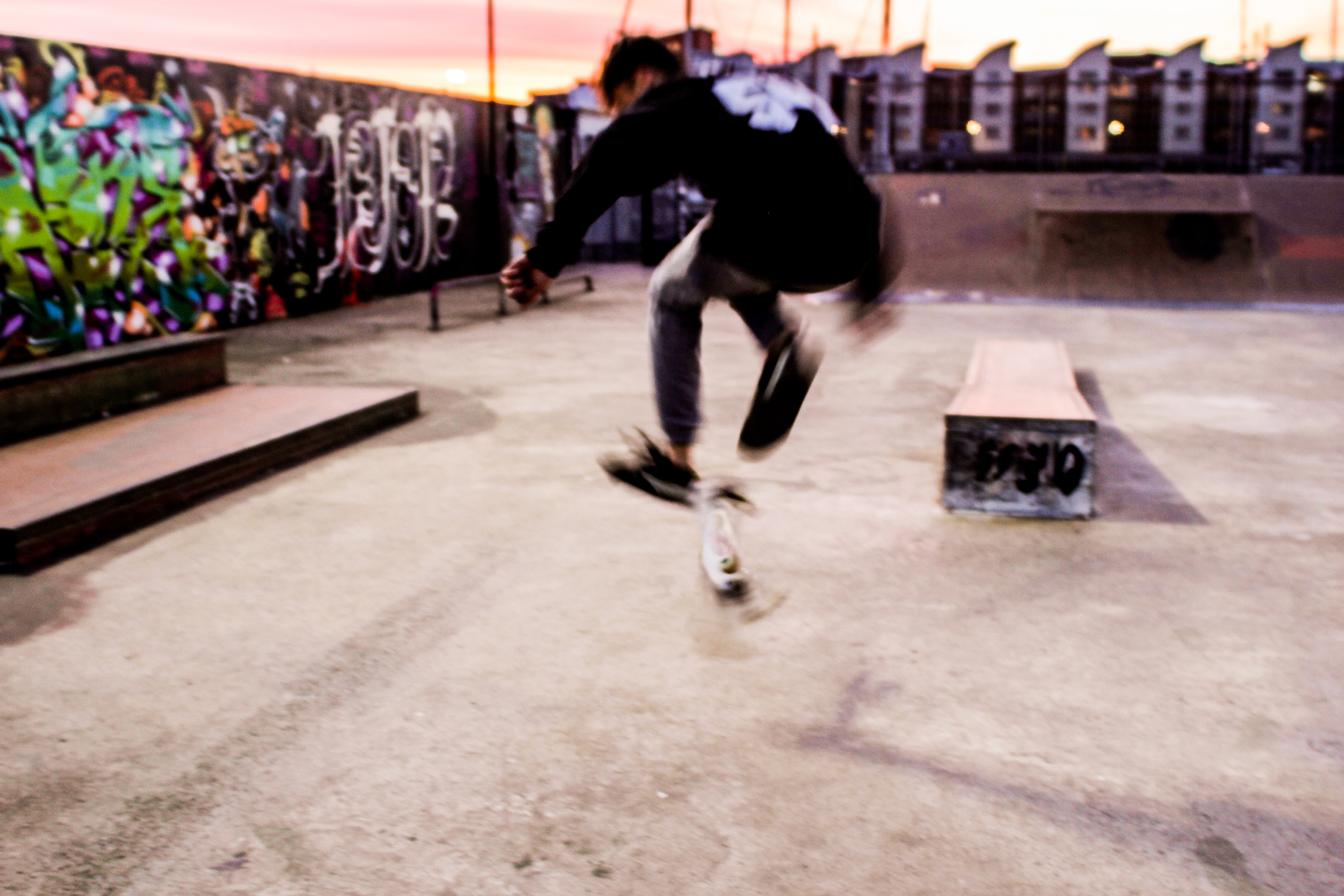Finally, after doing artist research and choosing my favorite selection from my shoots, I was able to produce my own book for my project ‘Environments’. After designing my book I definitely knew it was the right way to present my shoots, as it allowed all of my photographs to flow.
Here is a link to my photobook: Nomadic Soul
Thumbnail of book layout;
The reason for print-screening the book in a thumbnail version was because its more visually easy to see why I choose my certain layout. When designing the book I had to think about spreading out the double spread pages, the black and white images, and certain layouts. I had to make sure all images on the page next to each other worked well together. Another important thing when editing is if a page has a similar layout to another one, they have to have the same padding etc, so it looks organised and neat.
Digital version of my book;
I believe the title of the book is very important aspect. Titles should convey not only a sense of the book’s subject, but also a feeling. The title you choose for your photo book sets the tone, hints at the genre or style of book, and draws the reader in. It’s your very first opportunity to “market” your book and make someone want to read it. I finally came up with the name ‘Nomadic Soul’ this was due to the word nomadic meaning living the life of a nomad; wandering, and a soul is an emotional or intellectual energy or intensity, especially as revealed in a work of art or an artistic performance. I found this title was perfect for what I was trying to represent as I wanted to represent a lot of energy and intensity of a traveler.

Unlike the artists such as Juergen Teller, Corinne Day and Theo Gosselin, who’s photo books I decided to analyse I decided to put the title and my name on the first page. This is due to me wanting my first image to be a double page spread, and this wasn’t possible without having a first blank page, so I thought I would just make the most of this page, and immediately tell the reader what I was going to show them in my book. This was due to the title being on the first page working well with the rest of the layout.

It is crucial to use the perfect first image, as it makes or breaks whether the reader is going to carry on reading it or not. The reason for the choice of this image is because the book is representing a journey, and there is no better way to represent this than by a photograph inside a car, which isn’t stationary.



Every 4-6 pages I choose to have a double page spread, as it would break up the smaller images, and is almost like having different chapters in written books. It gives it a stronger structure and shows principal images. The images I’ve chosen for double page spreads also tend to be some of my favorite images, as they have so much detail and interesting aspects to them. The difficult thing about selecting my double page spreads was the fact most of my images had someone featuring in them, and usually tended to be central of the image, which made it difficult for designing the book, as I didn’t want the people to end up being split by the binding of the book.

When selecting two images from different shoots on opposite pages, I would make the images link in a certain way, for example below one can see that the girl on the right page looks as if she’s looking up at the girl on the left page, this is shown again two images below. Therefore I had to think about the composition of the images before putting them in a certain layout.
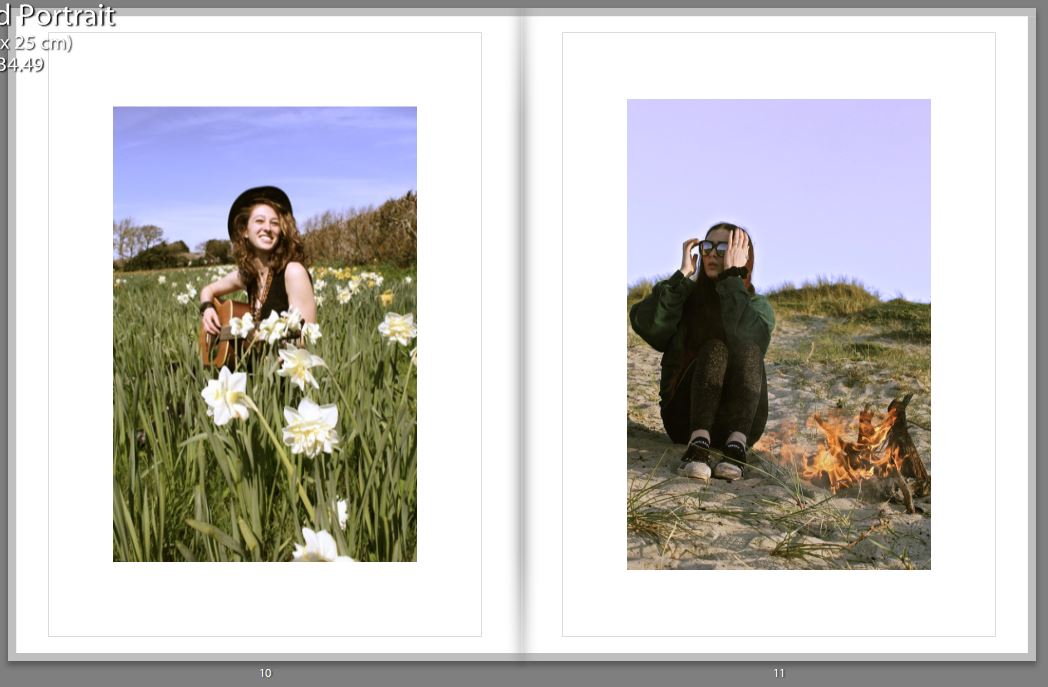



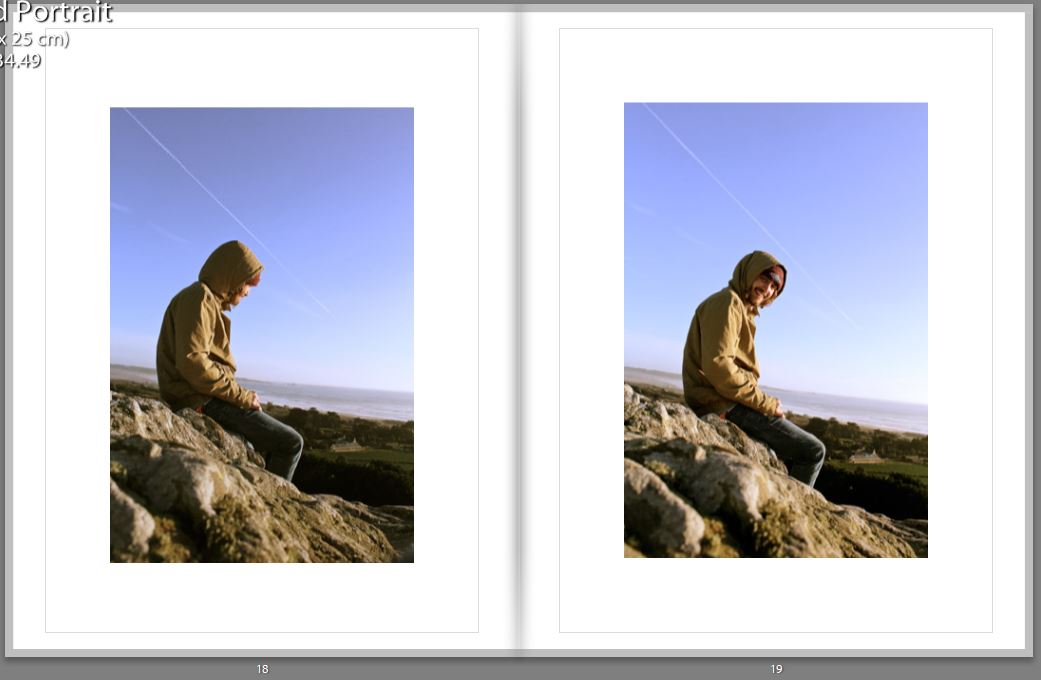


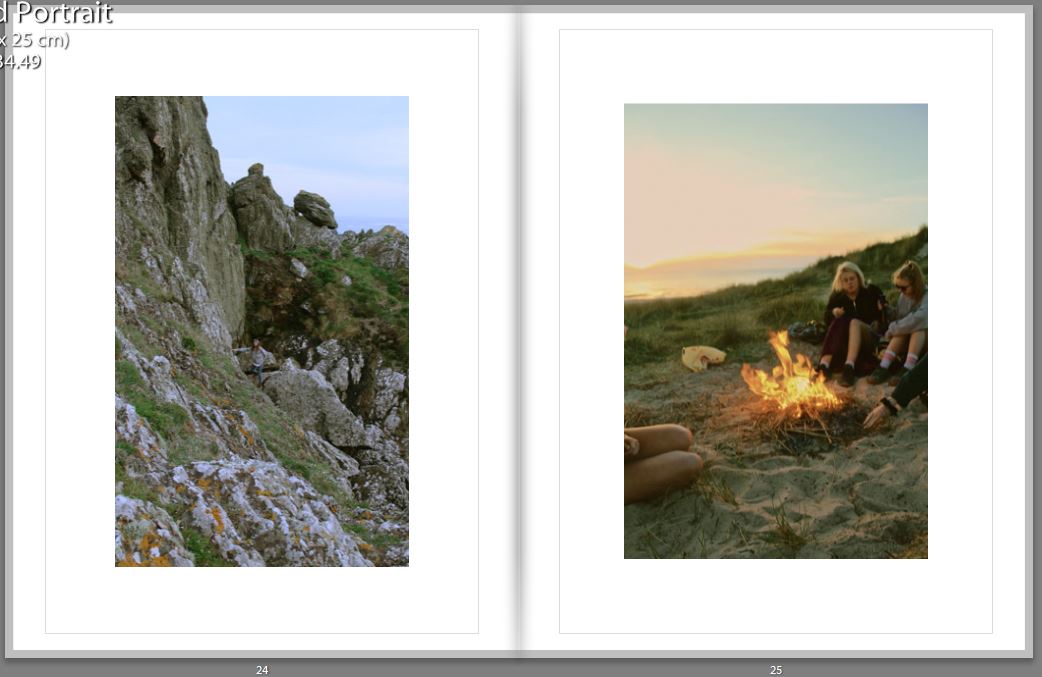









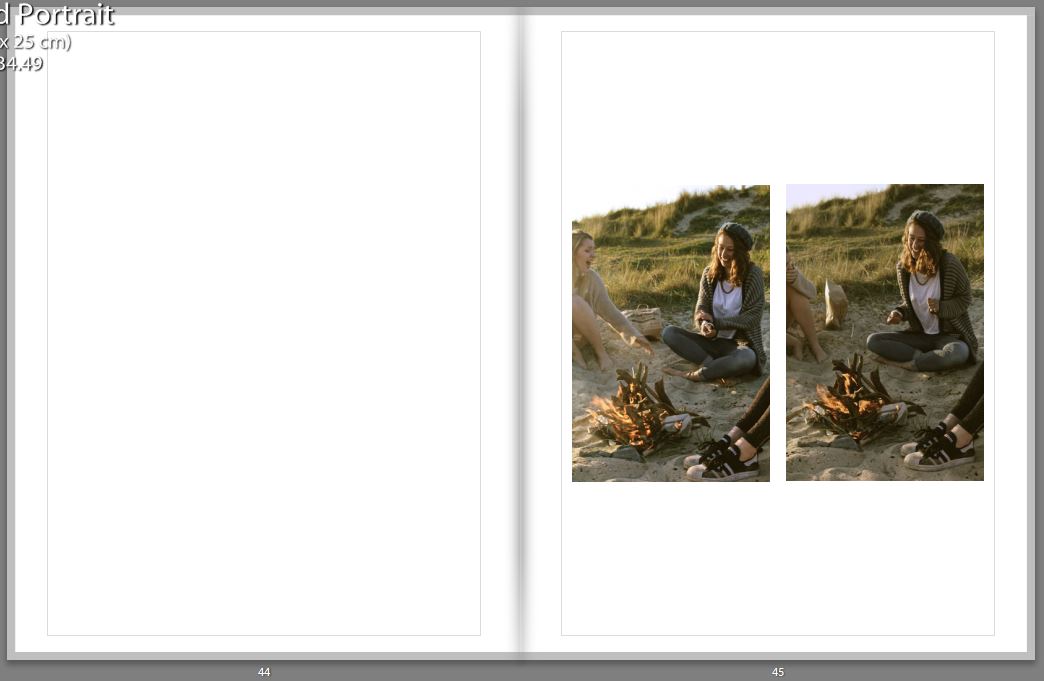
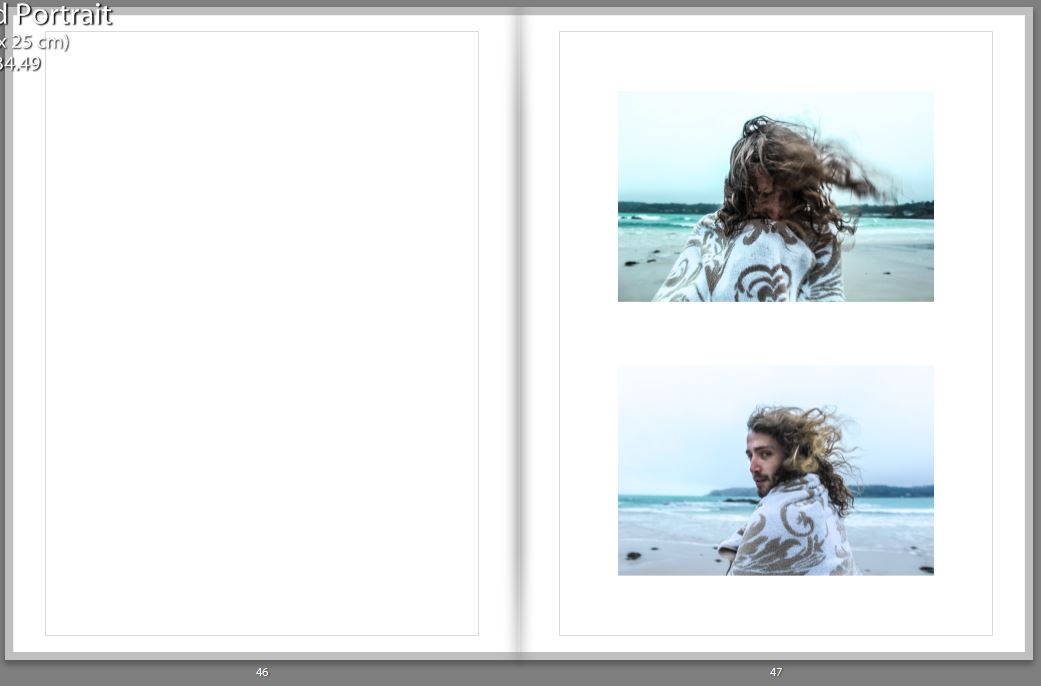




For my final image shown in my book, I choose a similar one to the first image as they both represent the journey. By having this as the last image, it looks as if even though the journey for the reader has finished, the journey for the people featuring in the book hasn’t finished.






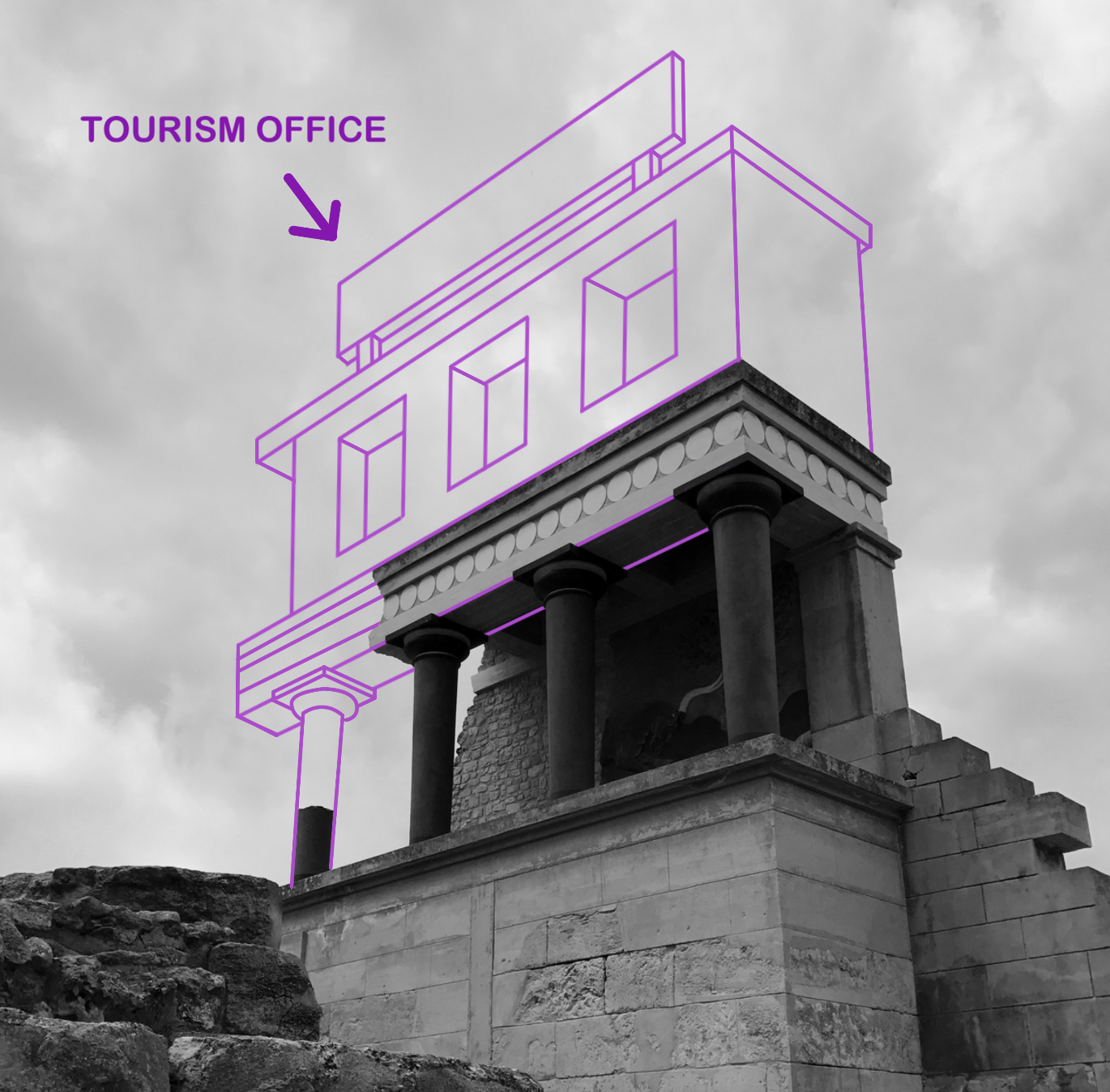

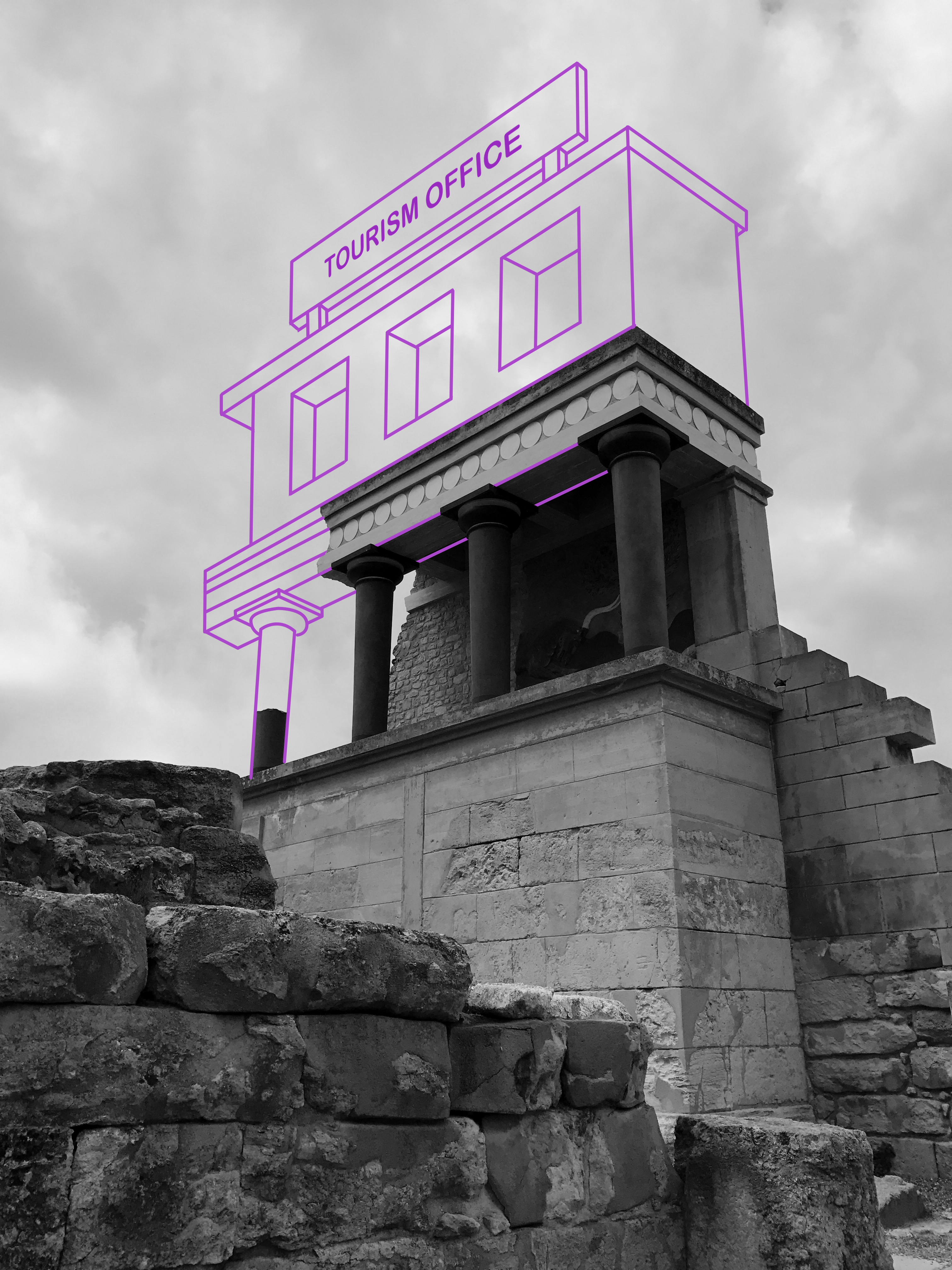
























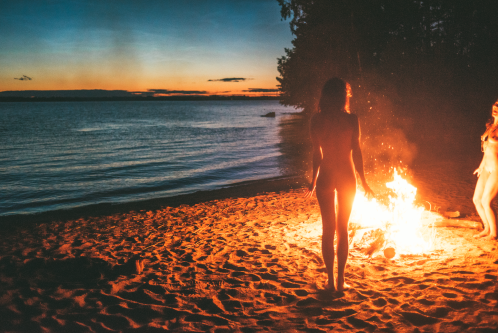




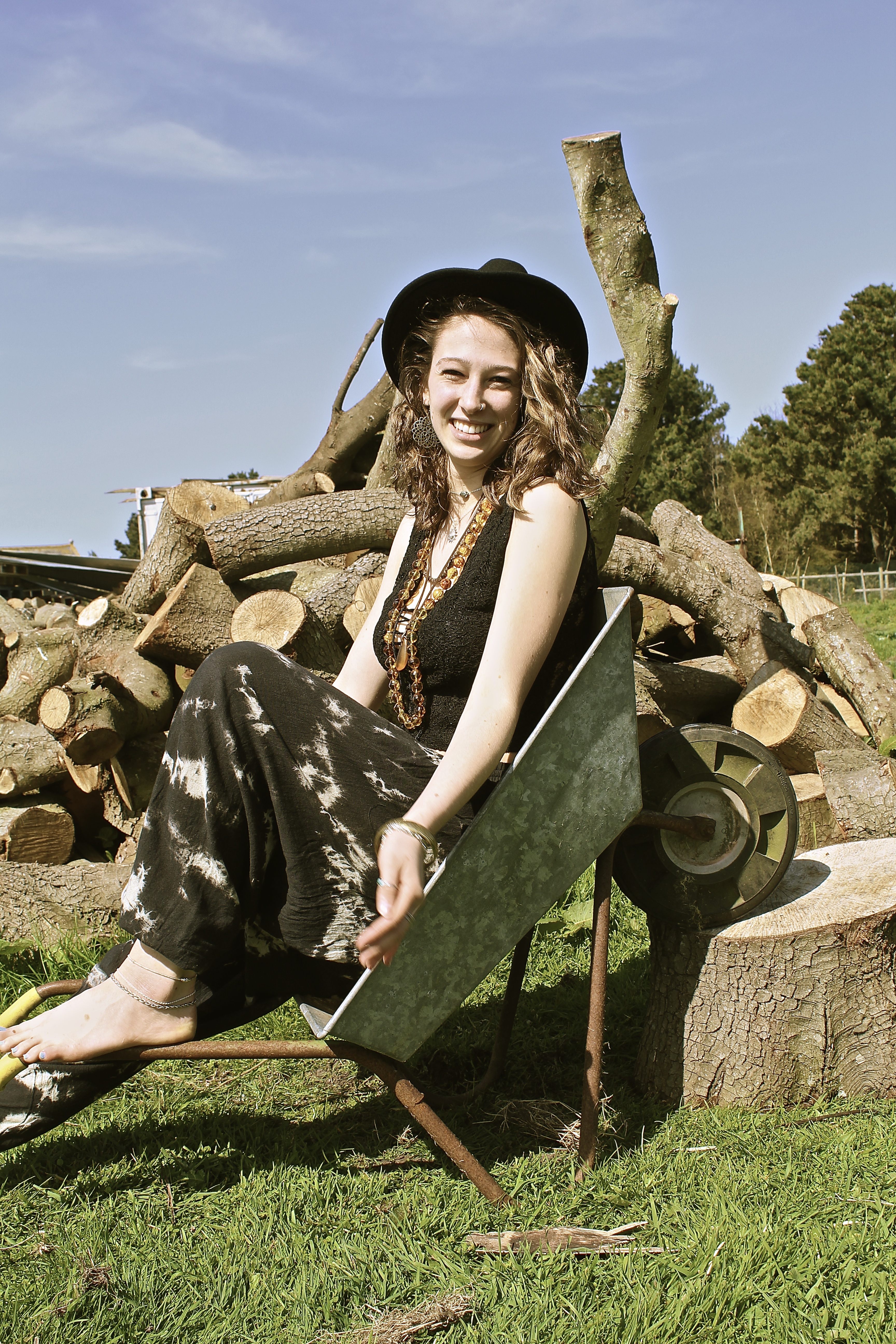






 By viewing my best images from all 10 shoots together in this contact sheet above I can start to get an idea of what my potential photo-book may look like. As well as this I am now able to see how many of each symbolic, abstract and documentary photographs I have comparatively and how each section could possibly work together or be separated. Overall I am quite pleased with the variety of techniques I have managed to portray within one project as well as the quality and symbolic strength of my final images. Below are my favourite 25 photographs that may well be presented as prints, split up into 3 sections and evaluated…
By viewing my best images from all 10 shoots together in this contact sheet above I can start to get an idea of what my potential photo-book may look like. As well as this I am now able to see how many of each symbolic, abstract and documentary photographs I have comparatively and how each section could possibly work together or be separated. Overall I am quite pleased with the variety of techniques I have managed to portray within one project as well as the quality and symbolic strength of my final images. Below are my favourite 25 photographs that may well be presented as prints, split up into 3 sections and evaluated…
 The seven images depicted above are my favourite final outcomes taken from three out of five of my completed symbolic shoots. The reason I have chosen the least outcomes from my symbolism shoots is because I had to create each scene instead of just picking them out of the environment around me. After comparing all my outcomes I have decided against including any of my ‘plastic symbolism portraiture’ for printing and presentation simply because the symbolism isn’t as strong. As well as this I much prefer the successful and more surreal symbolic images above that depict my carefully crafted use of props and a lot of thought behind their message. For my first representation portraying the issue of smoking waste (presented on the top row) I have chosen two of my ‘man vs nature’ photographs and one ‘connecting mankind to this problem’. I have chosen these images one, for their clear message to the audience and two, for my soft lighting techniques and dramatic studio effect. On the bottom row are my four different symbolic representations of ocean pollution crafted from waste I sourced from Jersey’s coastline. I love the emphasised meaning behind these carefully created photographs and think their vibrant and intriguing subject matter will contribute nicely to my overall project.
The seven images depicted above are my favourite final outcomes taken from three out of five of my completed symbolic shoots. The reason I have chosen the least outcomes from my symbolism shoots is because I had to create each scene instead of just picking them out of the environment around me. After comparing all my outcomes I have decided against including any of my ‘plastic symbolism portraiture’ for printing and presentation simply because the symbolism isn’t as strong. As well as this I much prefer the successful and more surreal symbolic images above that depict my carefully crafted use of props and a lot of thought behind their message. For my first representation portraying the issue of smoking waste (presented on the top row) I have chosen two of my ‘man vs nature’ photographs and one ‘connecting mankind to this problem’. I have chosen these images one, for their clear message to the audience and two, for my soft lighting techniques and dramatic studio effect. On the bottom row are my four different symbolic representations of ocean pollution crafted from waste I sourced from Jersey’s coastline. I love the emphasised meaning behind these carefully created photographs and think their vibrant and intriguing subject matter will contribute nicely to my overall project.

 Next are my nine favourite abstract outcomes that were all taken simply as the opportunity arose during four out of five of my documentary shoots. Although I have also created a few abstract photographs in my cut out sections (depicting my beach cleans and the recycling centre) they are nowhere near as vibrant and interesting as the ones I have presented above. The first three chosen outcomes of the top row depict a few close-up detailed shots of specific parts of Jersey’s extensive ‘Energy to Waste’ setup. The reason I am keen to present them is I love the simplicity of these images as I feel they display a very strong and beautiful topographic style. The next two abstract pieces below show my vibrant and textured results documenting the issue of agricultural waste in Jersey from up-close. Although abstract, the meaning behind these images is dramatic and they perfectly depict a type of large-scale plastic going to waste – directly related to where we live. Lastly, on the bottom row, I have chosen to add my abstract pieces that portray something with devastating repercussions in a beautiful way, thus potentially intriguing my viewers and subtly informing them of the reality of ocean pollution.
Next are my nine favourite abstract outcomes that were all taken simply as the opportunity arose during four out of five of my documentary shoots. Although I have also created a few abstract photographs in my cut out sections (depicting my beach cleans and the recycling centre) they are nowhere near as vibrant and interesting as the ones I have presented above. The first three chosen outcomes of the top row depict a few close-up detailed shots of specific parts of Jersey’s extensive ‘Energy to Waste’ setup. The reason I am keen to present them is I love the simplicity of these images as I feel they display a very strong and beautiful topographic style. The next two abstract pieces below show my vibrant and textured results documenting the issue of agricultural waste in Jersey from up-close. Although abstract, the meaning behind these images is dramatic and they perfectly depict a type of large-scale plastic going to waste – directly related to where we live. Lastly, on the bottom row, I have chosen to add my abstract pieces that portray something with devastating repercussions in a beautiful way, thus potentially intriguing my viewers and subtly informing them of the reality of ocean pollution.

 Lastly, depicted above are my very important documentary images cut down to eight photographs from three out of five of my original shoots. As with my abstraction outcomes, I have decided to exclude my sections presenting my three beach cleans and my visit to La Collette Recycling Centre. This is because although they have a lot of educational value they would not intrigue my viewers when printed out and presented on their own. My first chosen finals on the top row can portray how much agricultural plastic is used in the potato farming industry, plastered over Jersey fields every year. The reason I have chosen these images as final prints is the obvious connection of this issue to our island as well as the beautiful way they work together to tell the story. The next row depicts a clear view of the waste I found on Faldouet beach that would later be washed into the sea at high tide. Finally, the bottom row of this contact sheet depicts three finals portraying the narrative of what ends up happening to Jersey’s un-recycled waste. The reason I have chosen these images is one, because of the contrasting natural light and shadows and two, their dramatic intensity and ability to give my viewers an idea of how much we produce.
Lastly, depicted above are my very important documentary images cut down to eight photographs from three out of five of my original shoots. As with my abstraction outcomes, I have decided to exclude my sections presenting my three beach cleans and my visit to La Collette Recycling Centre. This is because although they have a lot of educational value they would not intrigue my viewers when printed out and presented on their own. My first chosen finals on the top row can portray how much agricultural plastic is used in the potato farming industry, plastered over Jersey fields every year. The reason I have chosen these images as final prints is the obvious connection of this issue to our island as well as the beautiful way they work together to tell the story. The next row depicts a clear view of the waste I found on Faldouet beach that would later be washed into the sea at high tide. Finally, the bottom row of this contact sheet depicts three finals portraying the narrative of what ends up happening to Jersey’s un-recycled waste. The reason I have chosen these images is one, because of the contrasting natural light and shadows and two, their dramatic intensity and ability to give my viewers an idea of how much we produce.